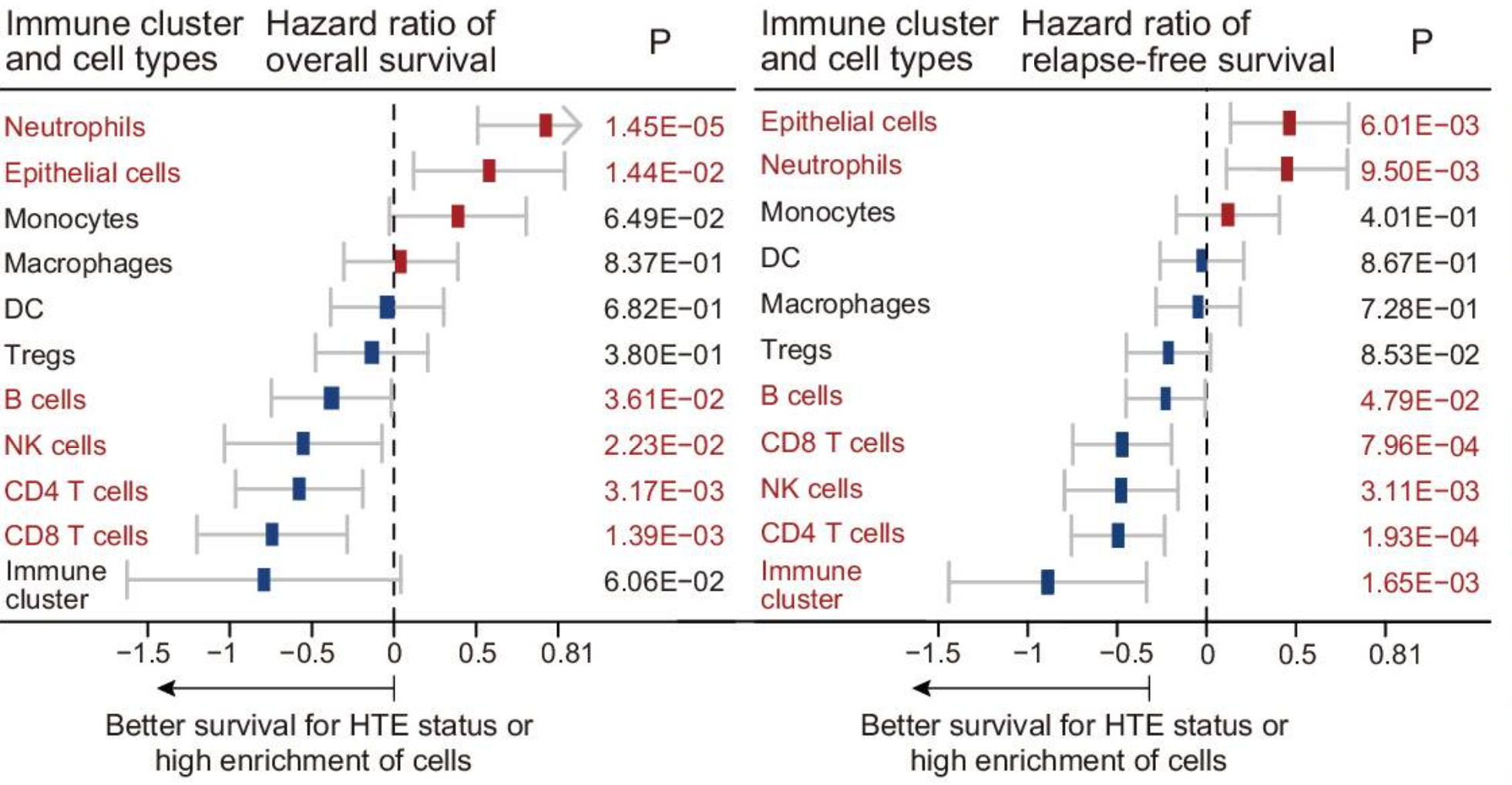Jurisdiction:
South Korea
Organ System:
Lung
Funding Organizations:
- Korean Ministry of Science and ICT (MSIT), S. Korea
- Korea University, S. Korea
Research Organizations:
- Kyung Hee University, S. Korea
- Korea University, S. Korea
- DGIST, S. Korea
- Hanyang University, S. Korea
- Asan Medical Center, S. Korea
Principal Investigators
:- Kwang Pyo Kim
- Joon-Yong An
- Se Jin Jang
- Seungjin Na
- Eunok Paek
- Min-Sik Kim
Publication:
External Links:
Non-small cell lung cancer (NSCLC) is histologically classified into lung adenocarcinoma (LUAD) and lung squamous cell carcinoma (LSCC). However, some tumors are histologically ambiguous and other pathophysiological features or microenvironmental factors may be more prominent. Here we report integrative multiomics analyses using data for 229 patients from a Korean NSCLC cohort and 462 patients from previous multiomics studies. Histological examination reveals five molecular subtypes, one of which is a NSCLC subtype with PI3K-Akt pathway upregulation, showing a high proportion of metastasis and poor survival outcomes regardless of any specific NSCLC histology. Proliferative subtypes are present in LUAD and LSCC, which show strong associations with whole genome doubling (WGD) events. Comprehensive characterization of the immune microenvironment reveals various immune cell compositions and neoantigen loads across molecular subtypes, which predicting different prognoses. Immunological subtypes exhibit a hot tumor-enriched state and a higher efficacy of adjuvant therapy.

